In a word: Endurance.Every time I think about the word endurance I think of a story that I heard when I was little. It was about two frogs who fell into a bucket of cream. They couldn't hop or climb out. One frog gave up and drowned in the milk while the other one kept swimming in circles. Eventually the cream turned to butter and the frog who didn't give up could hop out. Can you imagine how hard it would be to paddle in that milk just before it turned to butter? When you are starting from scratch and it seems like nothing has a place, it can be hard to see the light at the end of the tunnel.
THERE IS HOPE! If you know what you want, you can live The Abundant Life. If you decide now to never give up, you can do anything. When I feel like giving up and running away, or when I feel like I can't do this, I just dig in again with even more verve than before. I DARE whatever is getting me down to try again and see what happens. My dad's favorite movie quote for a while was, "Never give up! Never surrender!" That is what I say. This is what separates the men from the boys. Being able to endure in the face of trial. How are you handling life's challenges? Leave me a comment below.
1 Comment
HEY! Here's another wonderful guest post from our friends over at Startoff Homesteading. Check it out! When Jen and I bought our 12 acres of paradise in Maine, we knew we had some serious planning to do to get the very most out of our land. We wanted to grow some vegetables, have room for our horses and be able to expand our activities over time. At the same time, we discovered the world of permaculture, and while we are not complete permaculture converts, the simple planning concepts really struck a cord with us. Some of the principles and methods just made a whole lot of sense when planning our homestead. One of the tools, or design principles practiced in permaculture is Zone Planning. Zone Planning is the placement of different elements (such as fruit trees, animal pens, grazing fields, garden plot, etc.) based on how often you use or maintain that particular element. The things you use most often are placed closest to you, or at least in such a way that it's easiest to access the things you use most often. It's a really efficient way to plan your plot. The image below defines what should go in each zone. Keep in mind as you design your zones, that you may not have , nor do you need, all the zones present on your property (like we don't really have a zone 5 yet!), and they will NOT look like this target thing. Take a look at our zone system. We used the wonderful free mapping tool, Google Earth, to plan out our whole property using these permaculture zones: Zone 0 (orange) This is our home - the building and any other structures that house equipment etc but in which you don't do any farming activities. So house, garage, workshop etc. Our barn is NOT in Zone 0, because we have a farming activity inside it!) Zone 1 (yellow) This is the zone closest to our house and where we visit often. It’s where we have our vegetable/herb gardens that require us to water, weed, harvest on an almost daily basis. We also have our chicken shed and horse stalls in this zone - and in this zone is the barn! Zone 2 (green) This is the next zone away from our house. This is the area we visit maybe once a week to do some maintenance or farm activity. I have some berry canes growing in this zone, a no-dig pumpkin area, our compost bins and manure compost area. Zone 3 (blue) This is an area where we have to work intensively a few times a growing season - to plant, water and harvest - or where we allow our animals to graze. For us, this is our horse fields in which our chickens can free range as well. Our old apple and pear orchard is in this zone. We have planned that as time goes on this zone will decrease and Zone 2 will expand into it.. Zone 4 (purple) This is a zone in which you just venture to gather wild food (like forest mushrooms) or gather firewood. So typically its a forest environment where you don't graze animals. We have a wedge of this zone on our place - but hope over time it will turn into a Zone 5 area. Zone 5 A wild area - an area that you rarely go into. A place for wild animals to roam. A place to protect so that the natural ecosystems can thrive. It can also be the place from which your water supply is being recharged. For us this is a special place we aspire to have....we plan for it and it will occur! Now we have a better understanding of our permaculture zones, we can plan ahead to make sure we are getting the most our of our property. For example, we already have plans for converting a section of the northern area of Zone 3 (horse fields) into Zone a 4 (forest). It’s an area that gets a little boggy in the wet seasons, but will also provide us with some more privacy and help block the prevailing winds. We have stopped slashing the area and are allowing the small trees to sprout that are self seeded. We know it will take years, but know that a future generation will benefit from the new ‘space’. 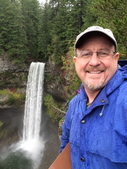 Gaz Lewis - a homesteader and geology educator living in Maine. Gaz writes about homesteading on his blog and provides advice to new homesteaders on Startoff Homesteading (www.startoffhomesteading.com). |
Lindsay Hodge
Lindsay Hodge is our resident Writer here at Haven Homestead. She keeps this blog, a GRIT blog, and writes other fun things too. Categories
All
Archives
May 2018
|

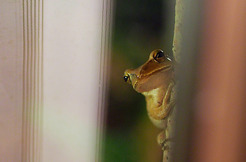
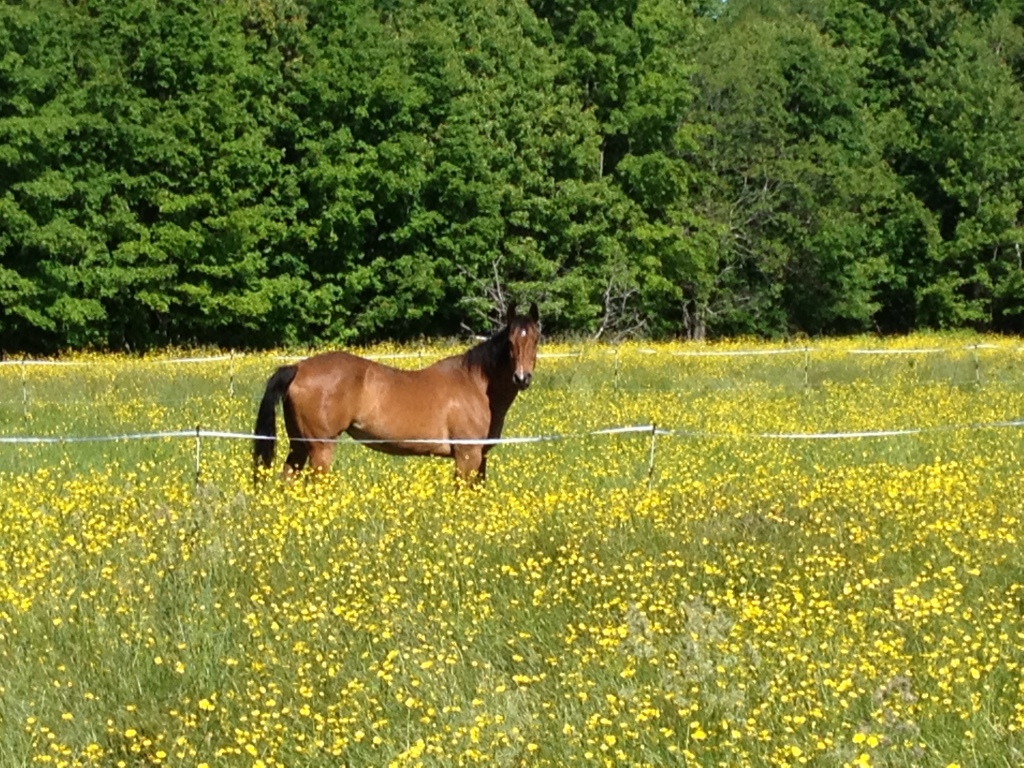
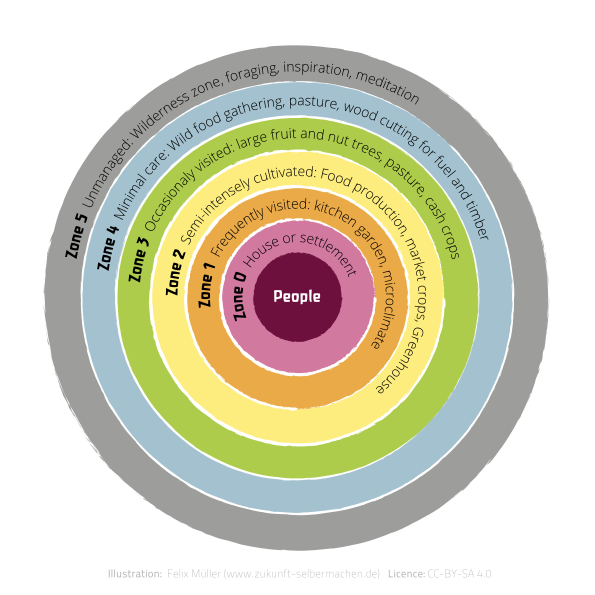
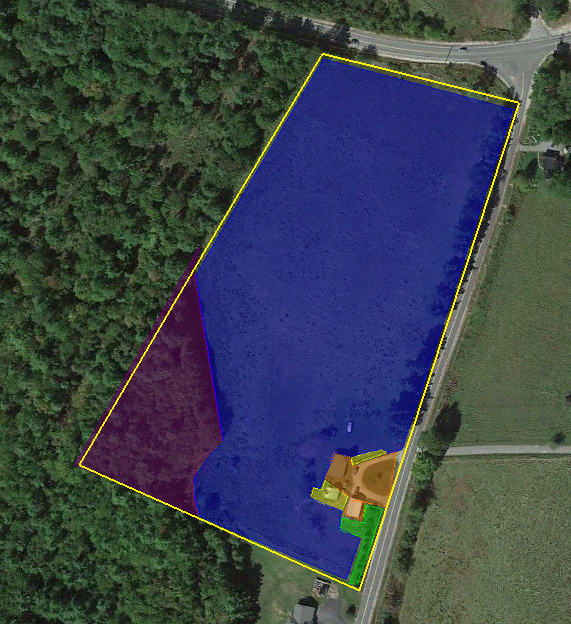
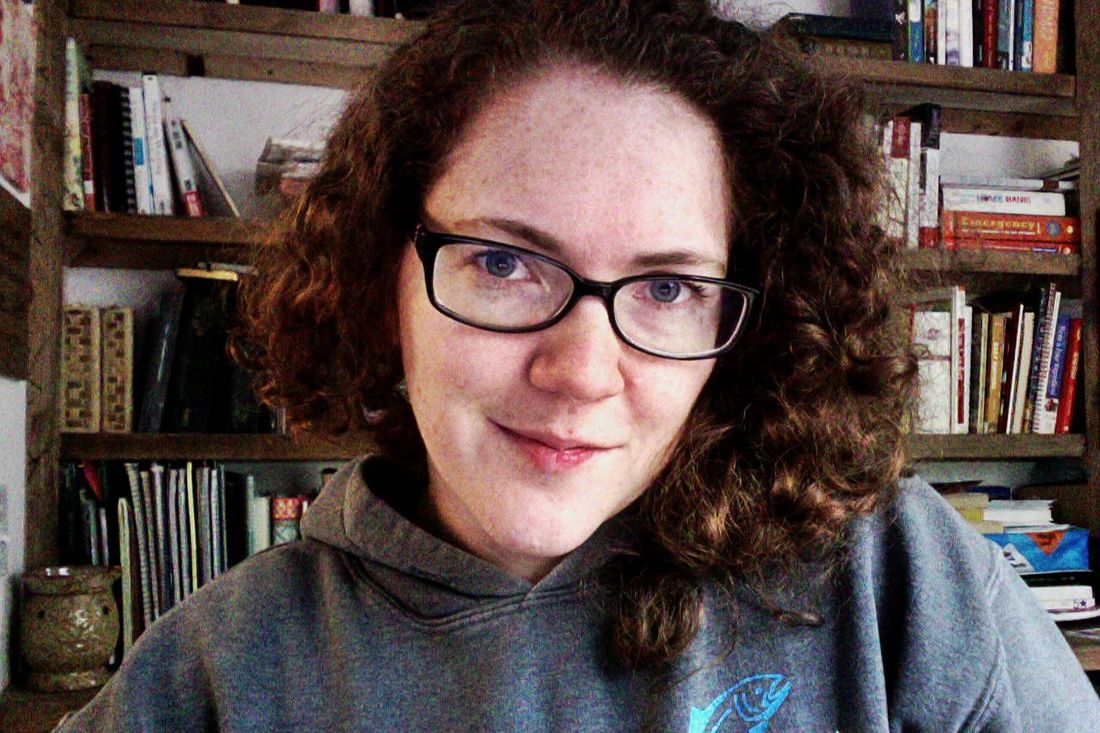
 RSS Feed
RSS Feed
